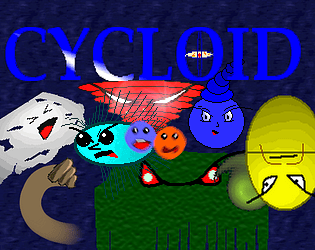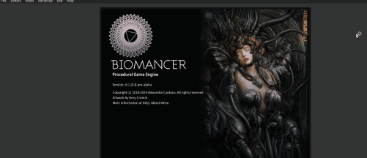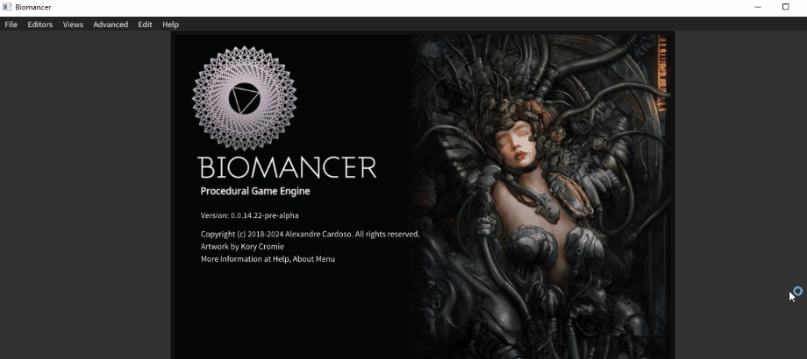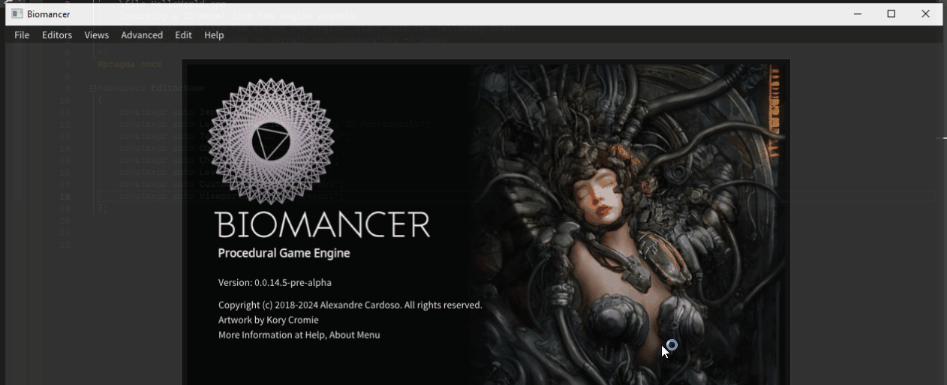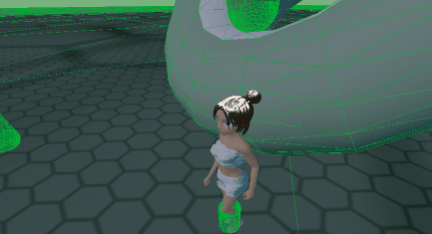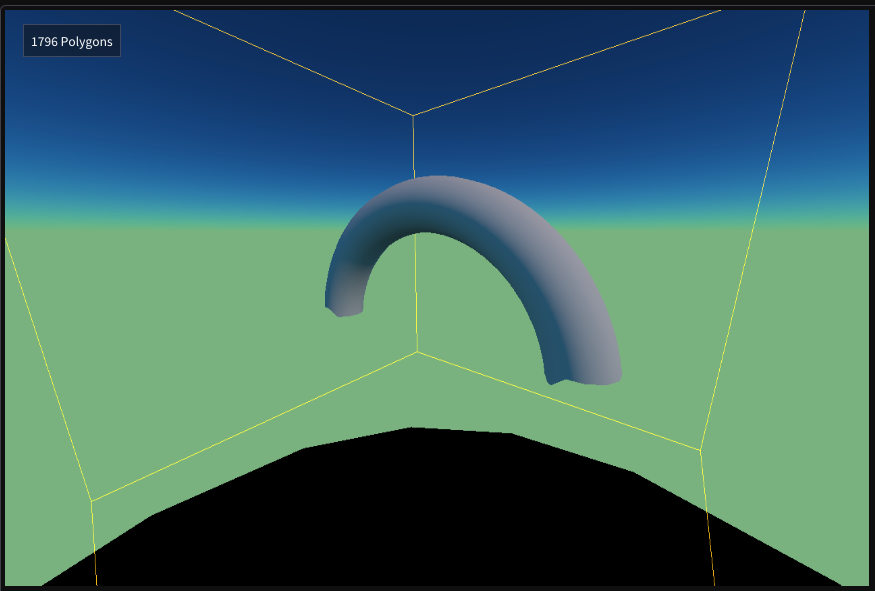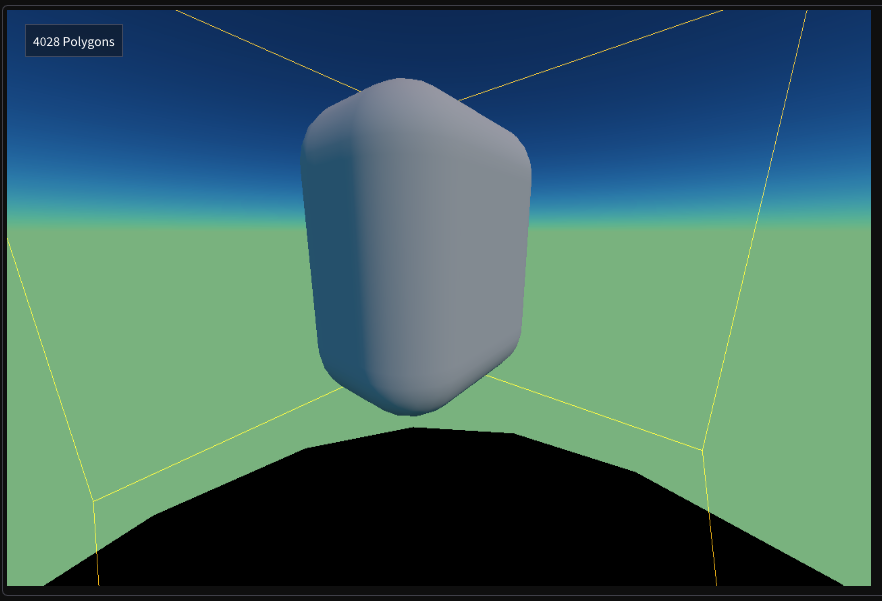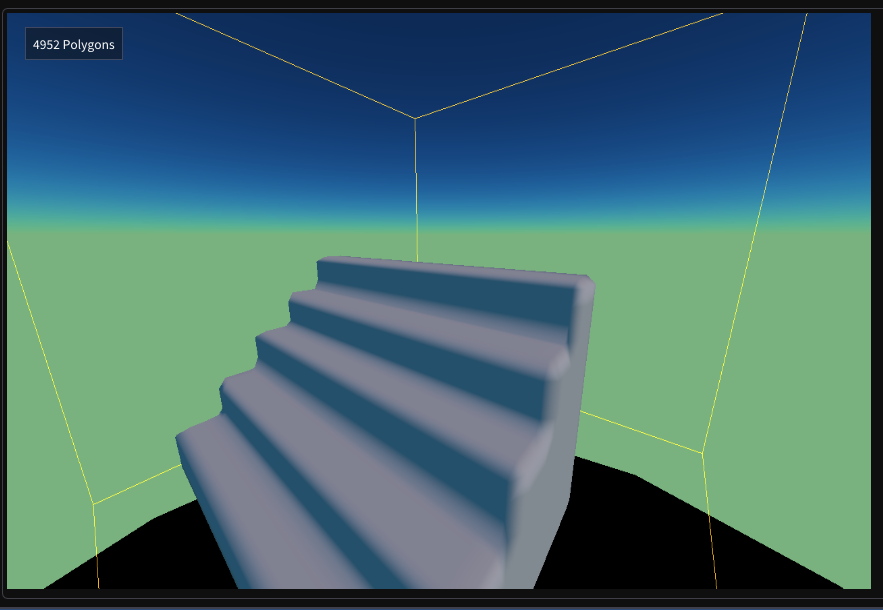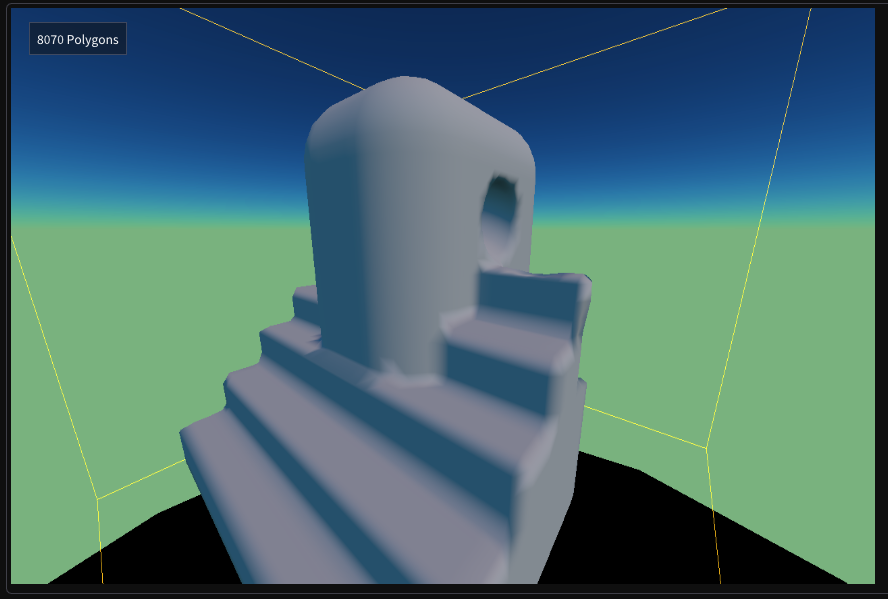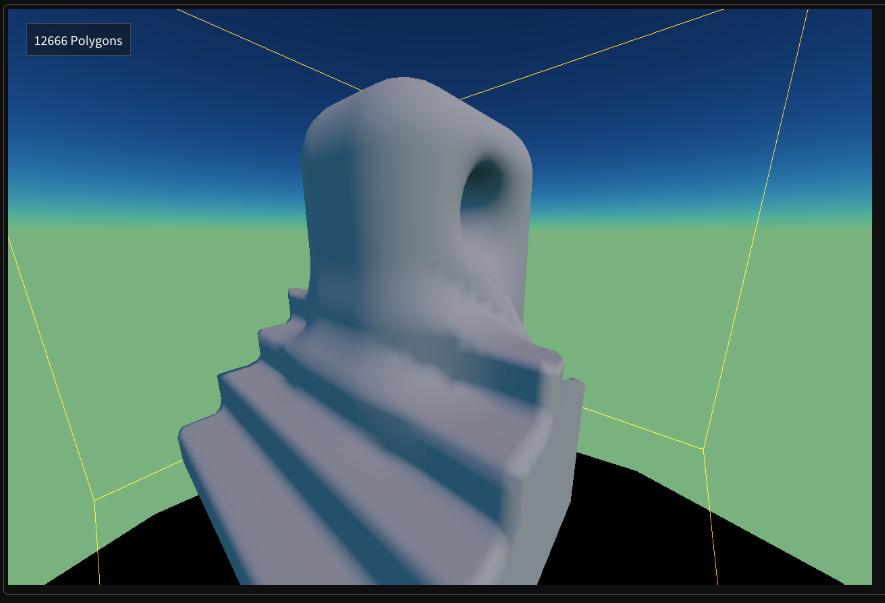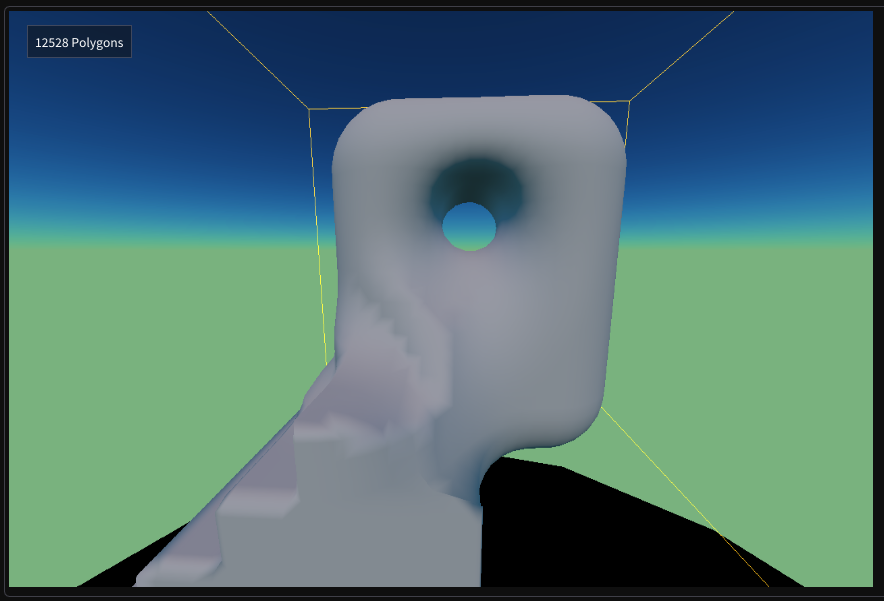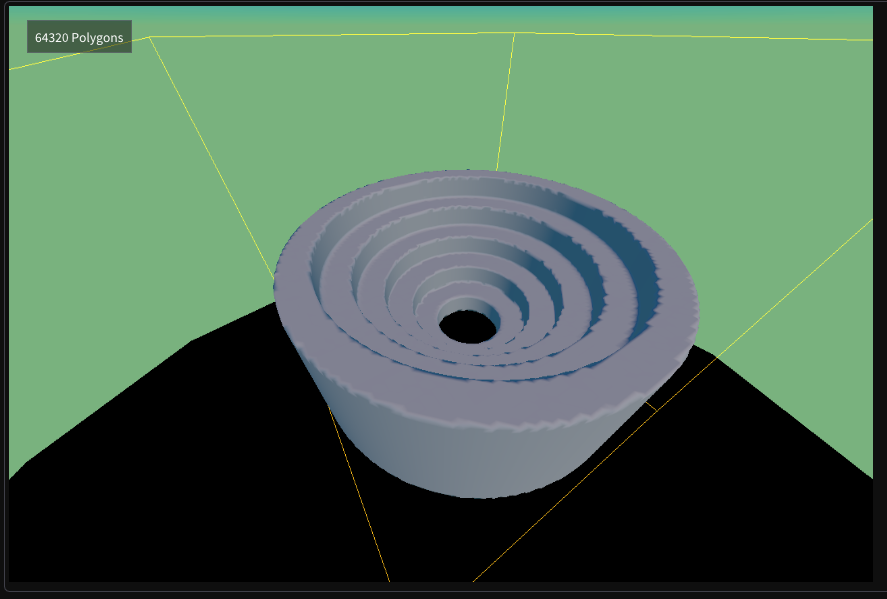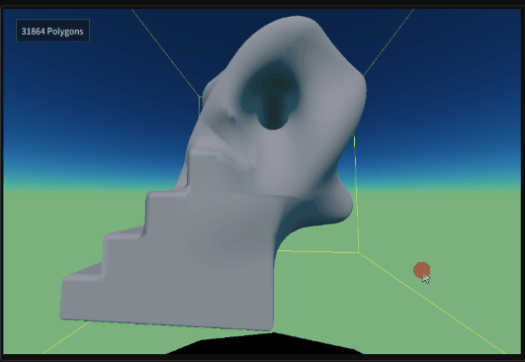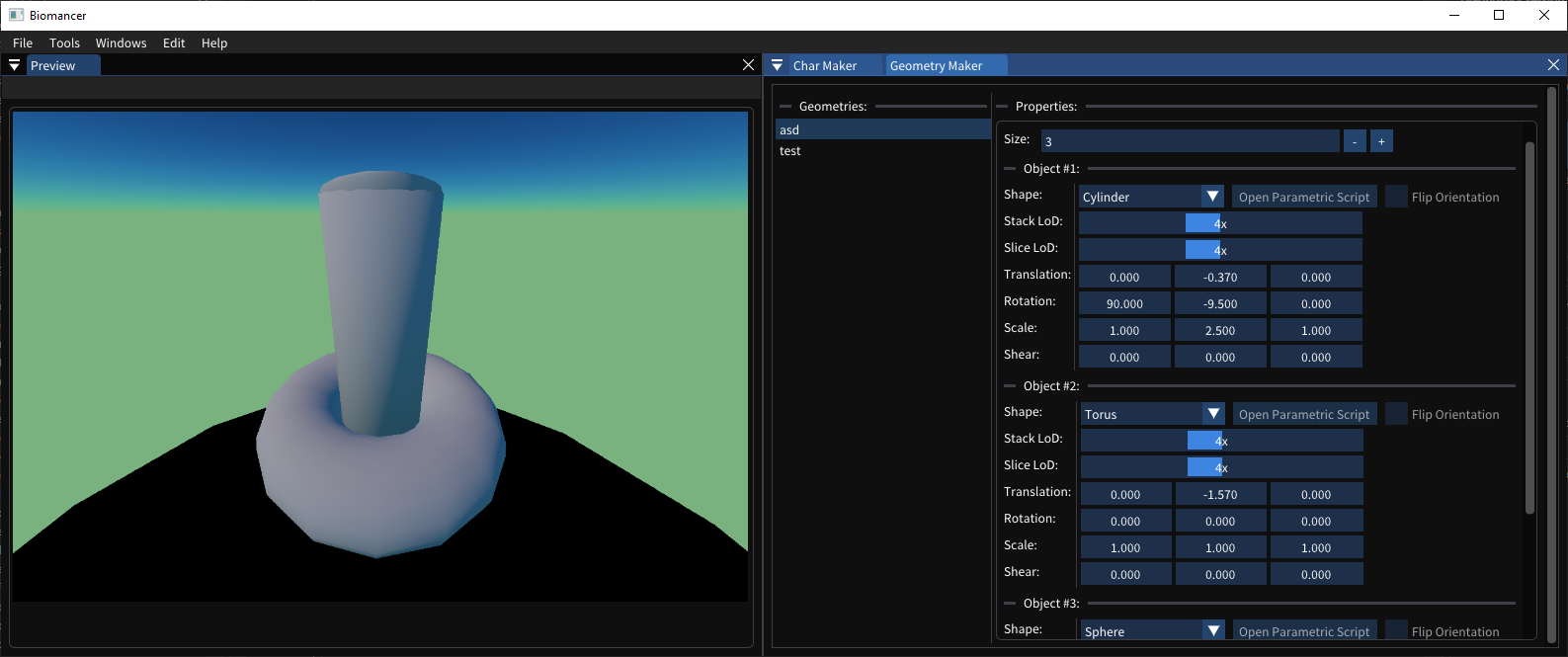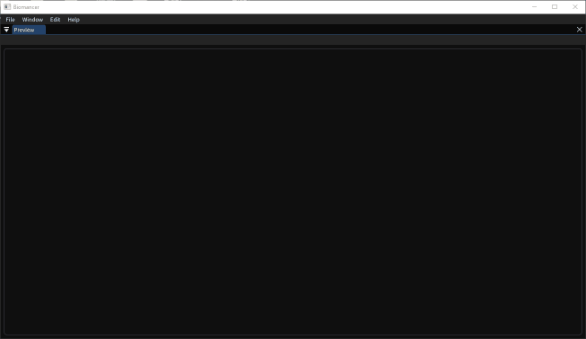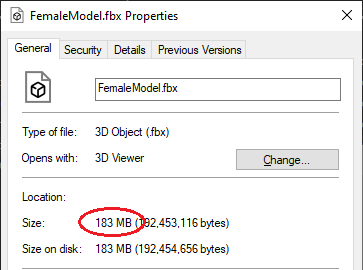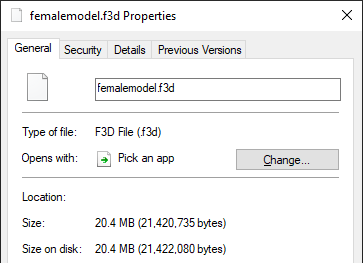More Design Possibilities
Sorry for taking too long to post this update, I had a lot going on in these last few weeks.
However, I haven't stopped working in this project during my free time.
So I've been add a lot of functionalities for the 3D Editor.
I'm planning to port all these to the game itself so the player can create anything in game via this procedural editor, this will make content creation much easier and way more fun!
Here is me playing a bit with it in the editor:
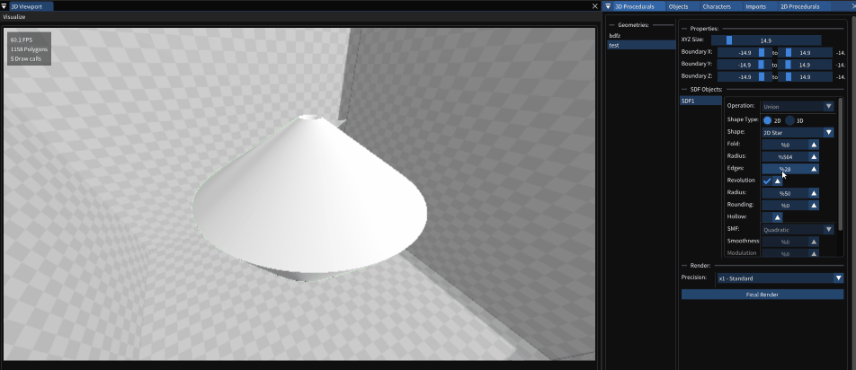
The game is 22.1% complete and 84.5% ready for next editor release.


